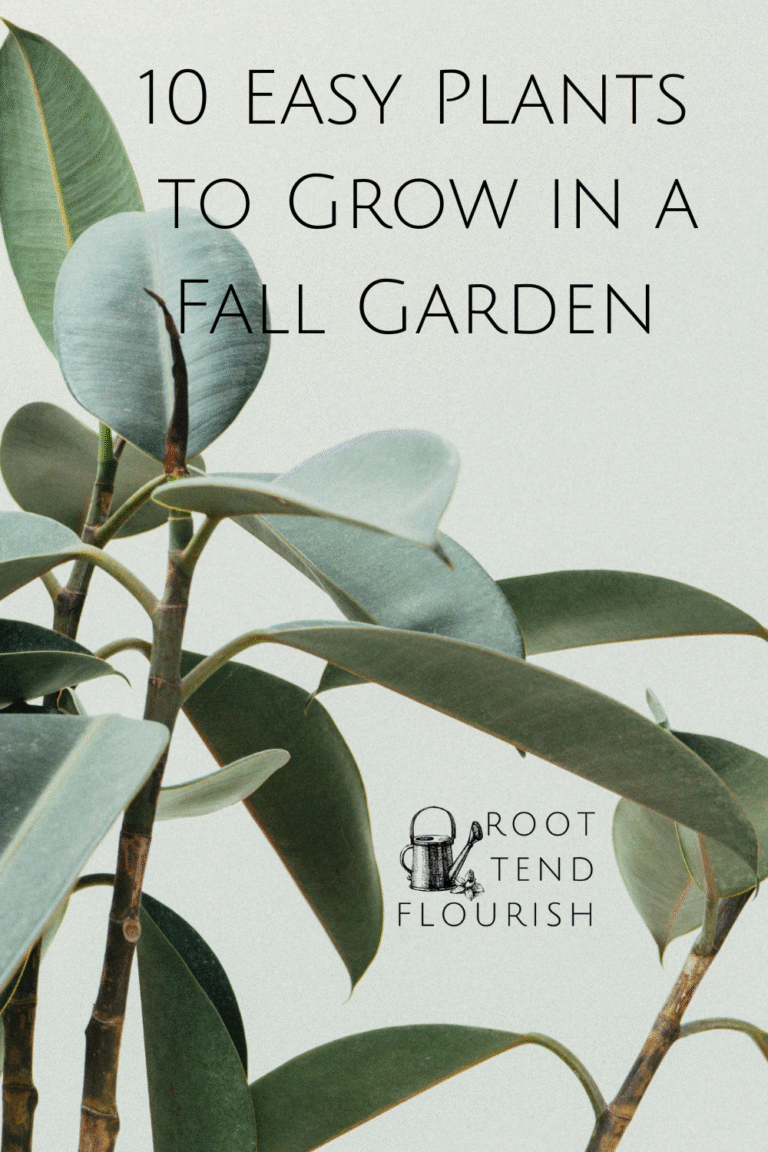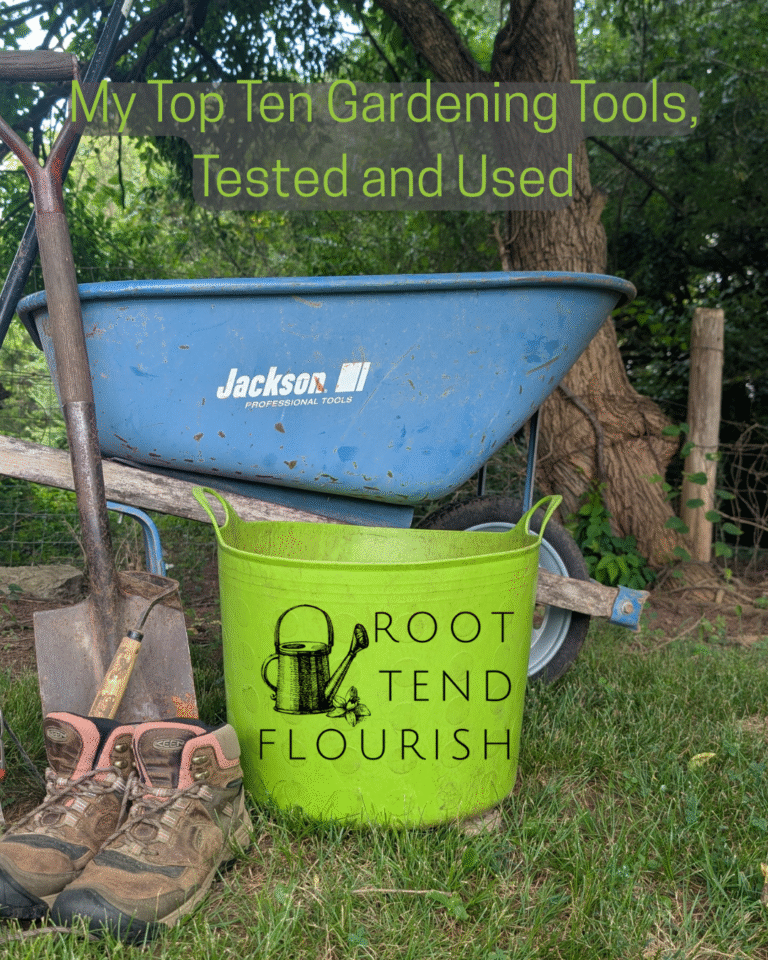Gardening Books: 10 to Check Out This Spring
Every gardener worth their salt should have a few trusted gardening books sitting on their shelf to be pulled off at just the right time. Sometimes that time is for problem solving like when you have a sudden outbreak of an unknown pest or a leaf spot you just don’t recognize. Other times you need to tackle a new pruning project that you’re not quite sure how to approach. Or perhaps you just need some inspiration for a blank space that you’re hoping to plant in this season. Whatever the case, having some trusted resources you can turn to for guidance is invaluable. And while there is certainly no shortage of online articles or You Tube videos on any question you may have, sometimes it’s simpler (and better) to just grab a book off the shelf, settle down with a refreshing drink and dig into the pages in front of you. Here are some of my favorite garden books that I go back to each season.
This post may contain affiliate links. Please read our disclosure policy.
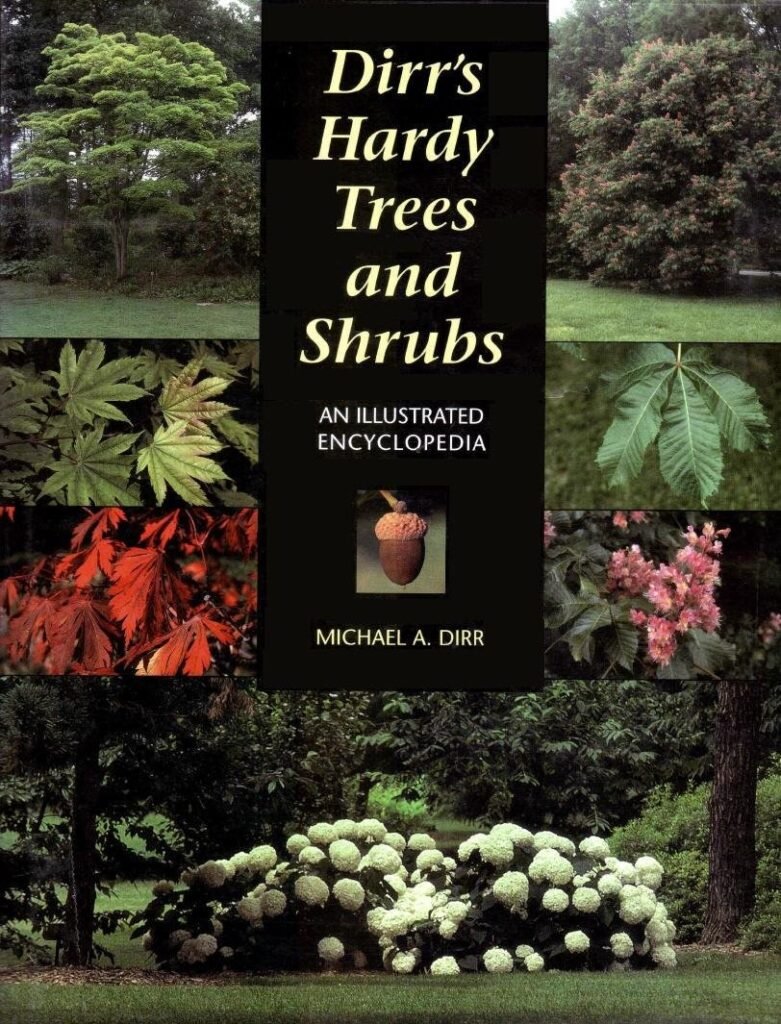
1. Dirr’s Hardy Trees and Shrubs
I’ve had this book faithfully on my shelf since my undergrad years studying natural resources at the University of Vermont. It is a tome and has the weight to prove it but it’s a keeper for sure. For those wanting to learn more about trees, shrubs and various woody plants this is one of the top gardening books I recommend. It gives a basic introduction to the plant group (genus x species) with enough information on specific varieties that get you going. The information shared has been field tested over decades and gives such details as pest and disease resistance, the best ornamental qualities and landscape performance. The plant lists in the back are also valuable as they help narrow down your plant options by certain criteria. If you’re looking for woody plants with fall color, evergreen foliage, interesting bark or other characteristics, there’s likely a list for it in this book.

2. P. Allen Smith’s Garden Home
This book was my first introduction into the beautiful design aesthetic of P. Allen Smith. The beautiful pictures and informative text teach you a series of design principles that would serve any garden, no matter the size. While this book doesn’t focus as heavily on specific plant groups, it does help you develop a vocabulary and toolbox to create a cohesive, interesting, beautiful garden space that is integrated into the whole site. I go back to this book often for inspiration and ideas.
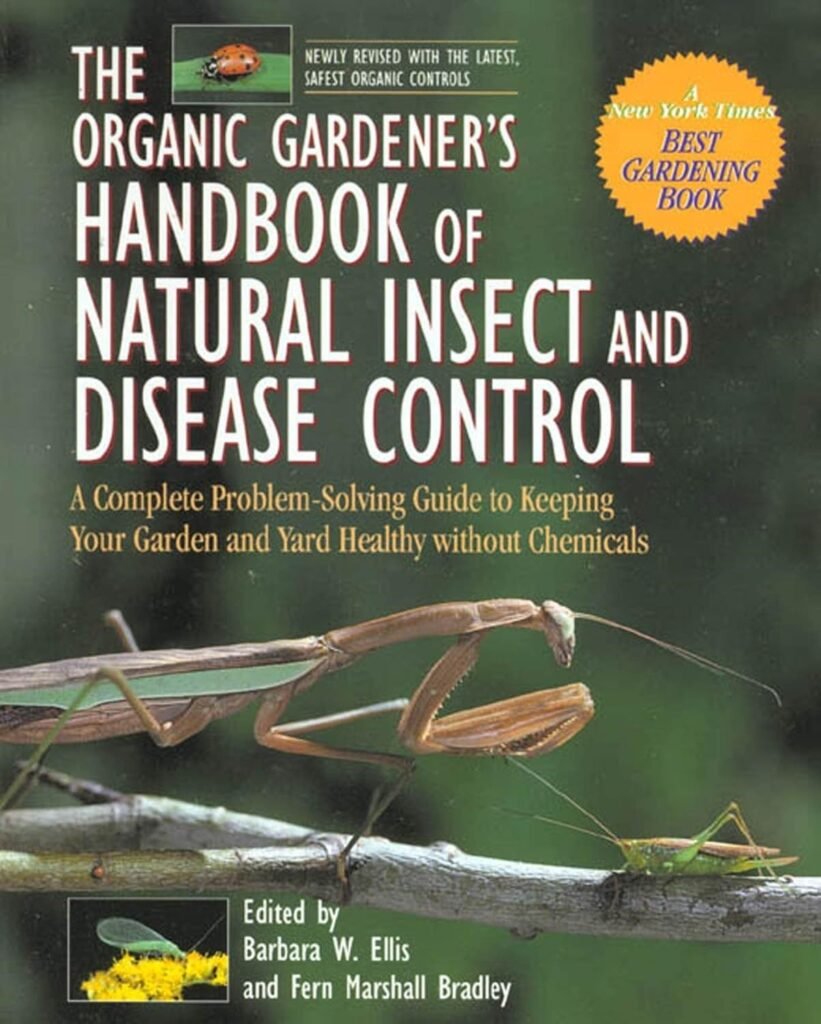
3. The Organic Gardener’s Handbook of Natural Insect and Disease Control
Unfortunately, pests and disease are often a part of the gardening life. Knowing how to deal with them, as naturally as possible, will help ease that stress. Of all the gardening books on pest control, I mostly turn to this one volume when problem solving with my edible plants, but it has its place in ornamental gardens as well. The information is concise enough to allow the reader to know how to move forward while not getting bogged down with heady text. I also appreciate that it doesn’t rely on dousing plants with chemicals to deal with problems; it tries to work with nature and natural processes to at least lesson, if not eliminate, the problem. The book is broken up into four sections: a plant-by-plant guide for problem solving, a guide to insects, a guide to disease, and finally a guide for different types of organic controls.
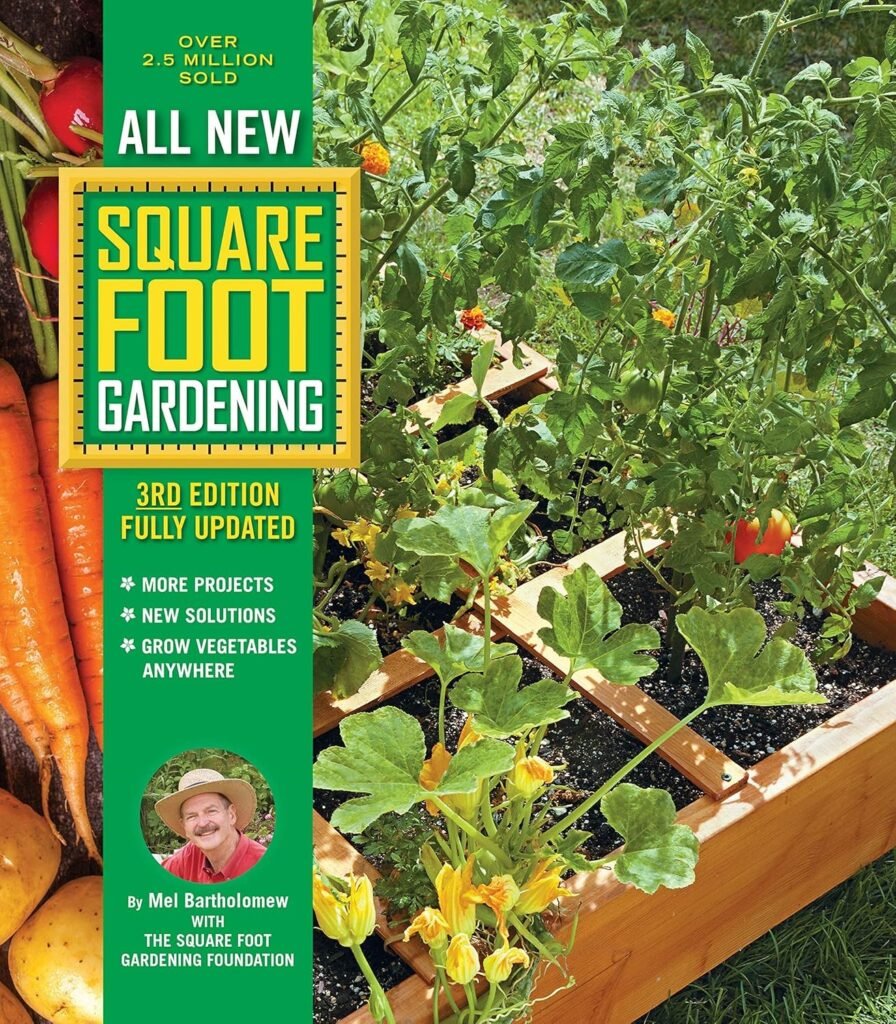
4. The Square Foot Garden
For those just getting into vegetable gardening or with a smaller growing space, this is a top choice for edible gardening books. I used this when planting my very first edible garden and found the method to be very simple and useful. You simply break your growing space into 1-foot squares and then plant accordingly in that square. While you may only fit one pepper plant per square, you can fit multiple lettuce plants in the same amount of space. It helps you maximize your growing space in an orderly, approachable way. I have the original version handed down from my dad, but the newest edition has even more great information packed in.
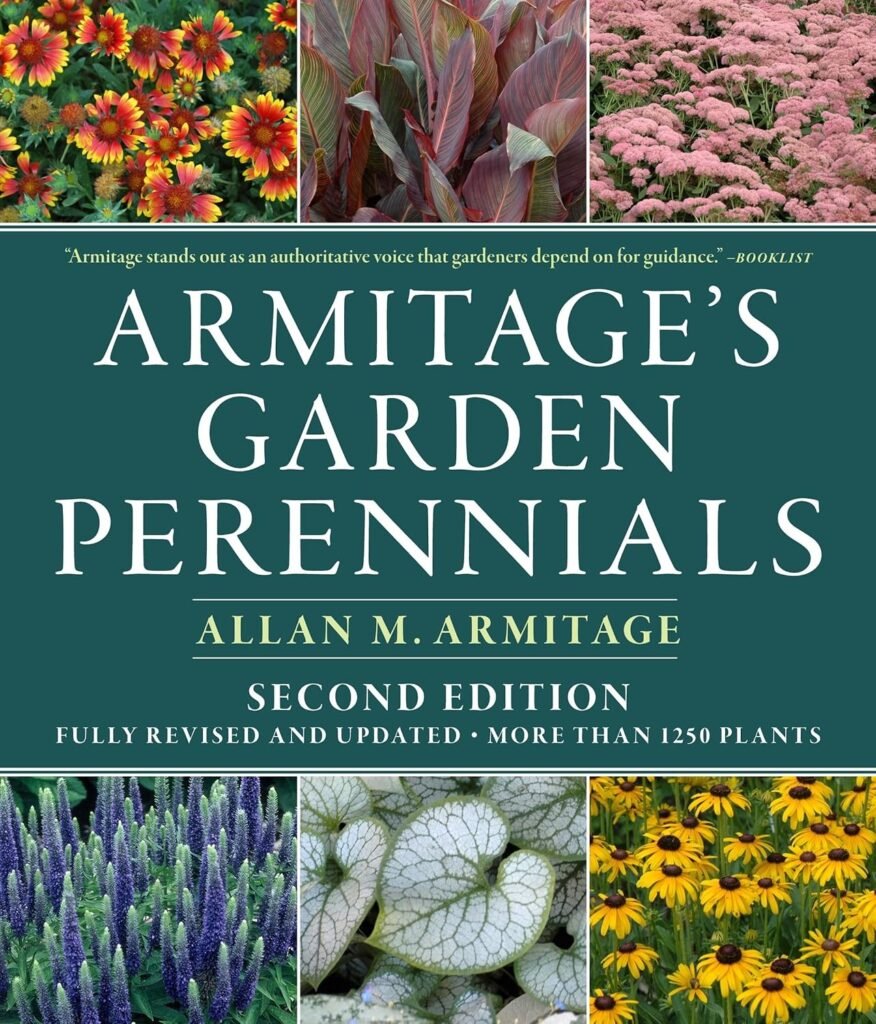
5. Armitage’s Garden Perennials
There are so many perennial books out there that it can be hard to know where to start. This book has been around for quite a while and is strictly a reference book. When I want to find a perennial based on growing conditions, color, or size, this is my go-to option. I like that the author has a wide array of plants to consider (over 1200 options) while also including his own field experience and opinions on plant performance. Like Dirr’s Hardy Trees and Shrubs, this gardening book also has very useful lists in the back section to help you identify multiple options for the specific criteria your garden presents.
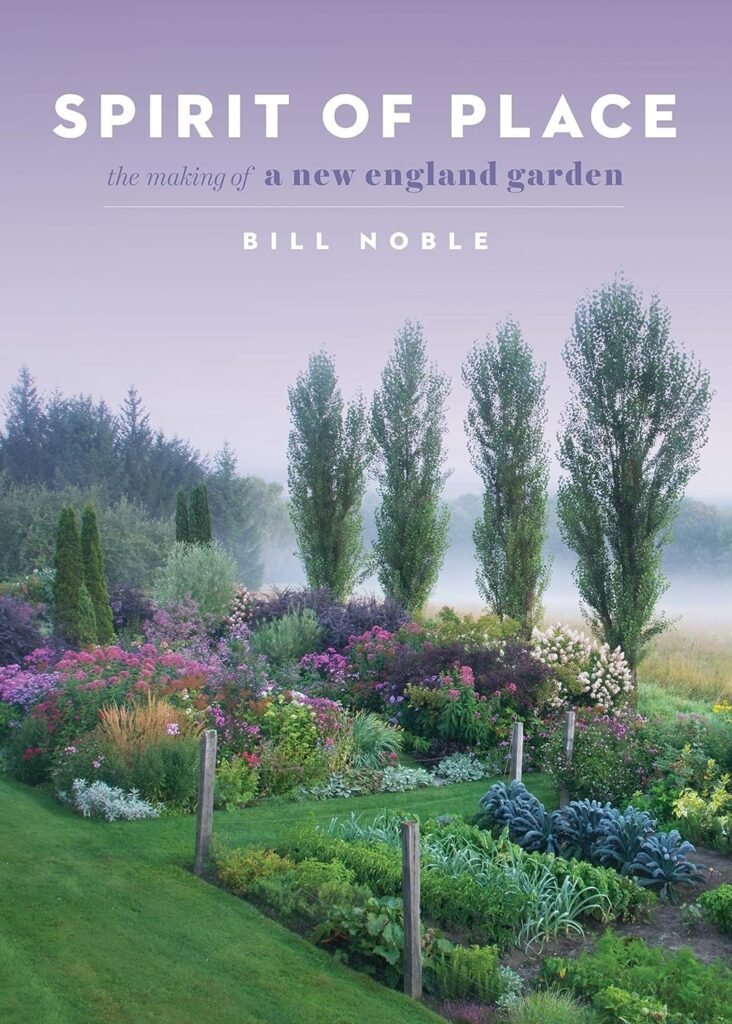
6. The Spirit of Place: The Making of a New England Garden
While this garden is specific to Vermont (one of my old stomping grounds), the design principles carry over to any garden. Unlike P. Allen Smith’s book that focuses on specific design principles, this book focuses more on integrating the design of a landscape with the history and context of where it’s located. This book takes you along on the journey of transforming an overgrown, worn-out former farm to a beautiful country landscape that honors its agricultural history and the surrounding area. The pictures are stunning and inspiring. This is one of my favorites to grab on a rainy day with a warm drink and let my imagination run wild.
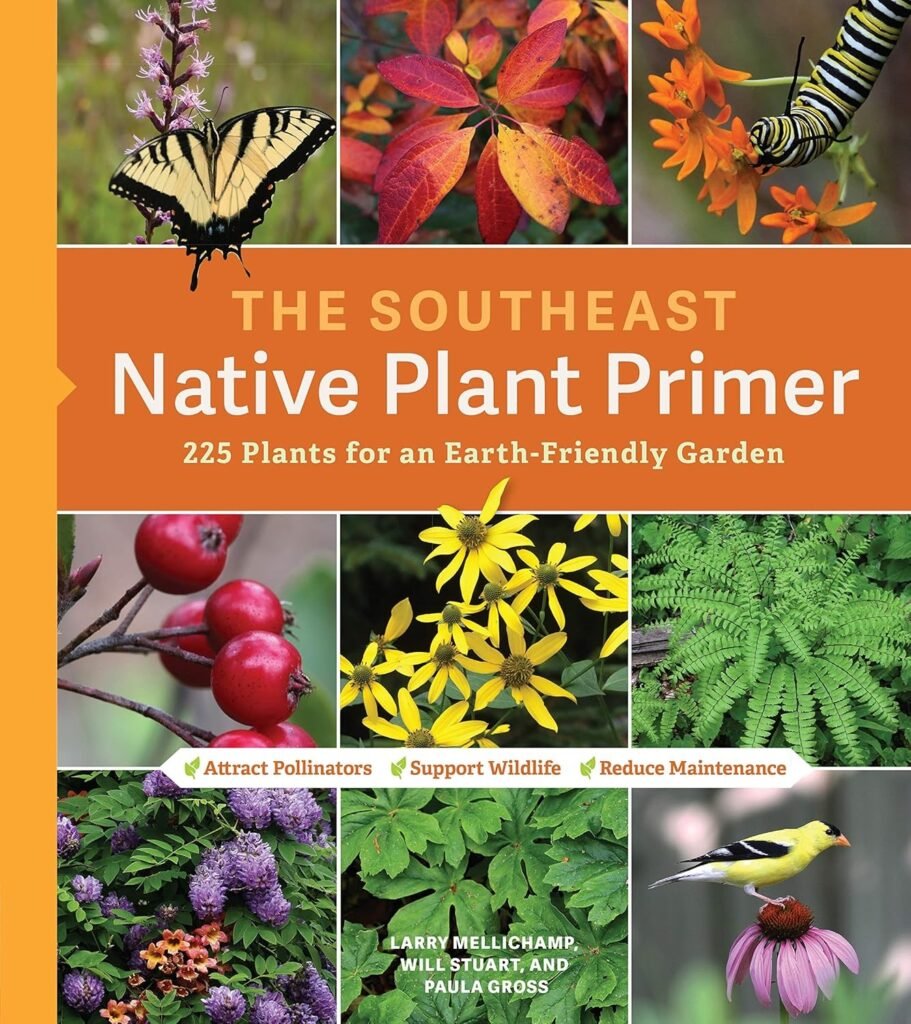
7. The Southeast Native Plant Primer
Learning about plants native to your region is a good practice for any gardener (or really one spending time outside!). I’ve read many native gardening books over the years. This one tops the list for the quality color photos, succinct information and the region-specific nature. This is actually a series of books so you can select the one appropriate for where you live. I’ve also used the version for the Northeast and it’s just as useful. I tend to pick this up when attempting to identify a plant in my garden or on a job site. It’s also useful when looking for alternative options to what may be at local garden centers. Native plants are typically lower maintenance, have better pest and disease resistance, and provide habitat for local wildlife.

8. Tending Your Garden: A Year-Round Guide to Garden Maintenance
This how-to garden maintenance guide is very useful for the information it provides. The accompanying pictures also do not disappoint. Another Vermont gardener, Gordan Hayward is both a designer and experience gardener and these two paired skills are evident in the pictures. I like that it’s organized by season, and I tend to read over this in the month or so before the approaching season. Even though I know much of this information already, it’s still a helpful refresher and ups my motivation to get my hands dirty.

9. The Garden in Every Sense and Season
I stumbled upon this book at the local library and was intrigued immediately. The beautiful pictures of the author’s garden and garden lifestyle drew me in so much that I was left with a cold cup of coffee since I couldn’t put the book down! I’ve also never found any other gardening books organized quite like this. It’s broken up into the seasons and then within each season, she explores how the five senses interact with the landscape. It’s a unique approach to looking at the natural world that ultimately leads to a more integrated, full-body experience of being in the garden.

10. The Complete Kitchen Garden
The world of kitchen gardens has gained a major resurgence in the last number of years and this book is a great resource. It provides loads of inspiration through its beautiful photographs, while also giving you plant-specific recommendations for your edible garden. A series of different kitchen garden designs are also throughout the book, allowing you to choose one that fits your space (or kitchen palette) best. It’s a good balance of inspiration and information and will give you a serious leg up in your edible gardening.
I highly encourage you to make some space this spring for reading some gardening books. Whether you’ve got a problem that needs solving, are craving inspiration or just need to give your body a rest, books are a great option. Amazon is an obvious choice for purchasing these books, but many are available used online or even at your local library (I frequent the garden section of our local library very often!). Wherever you find them, pick a few of these solid books to check out this spring!



